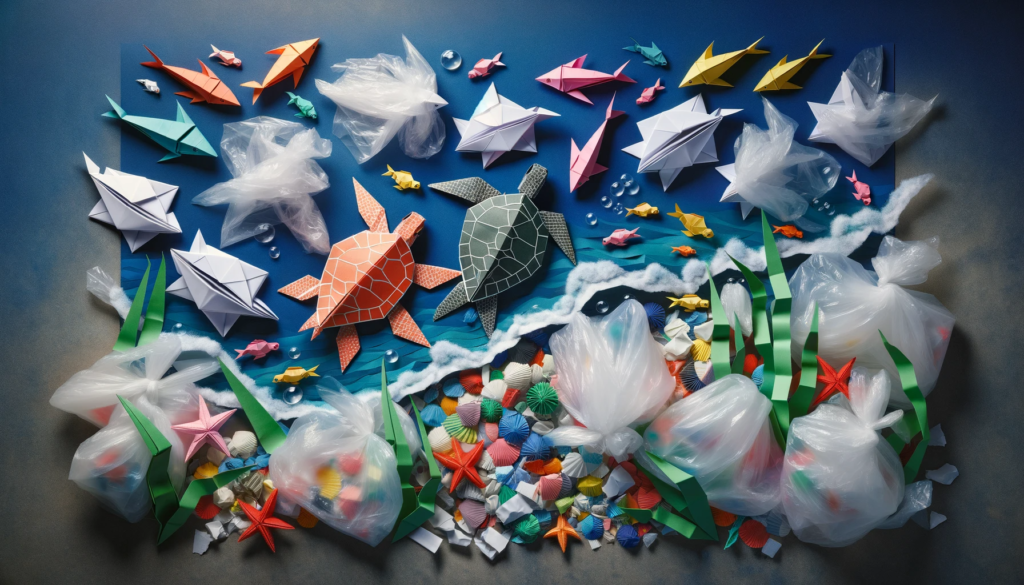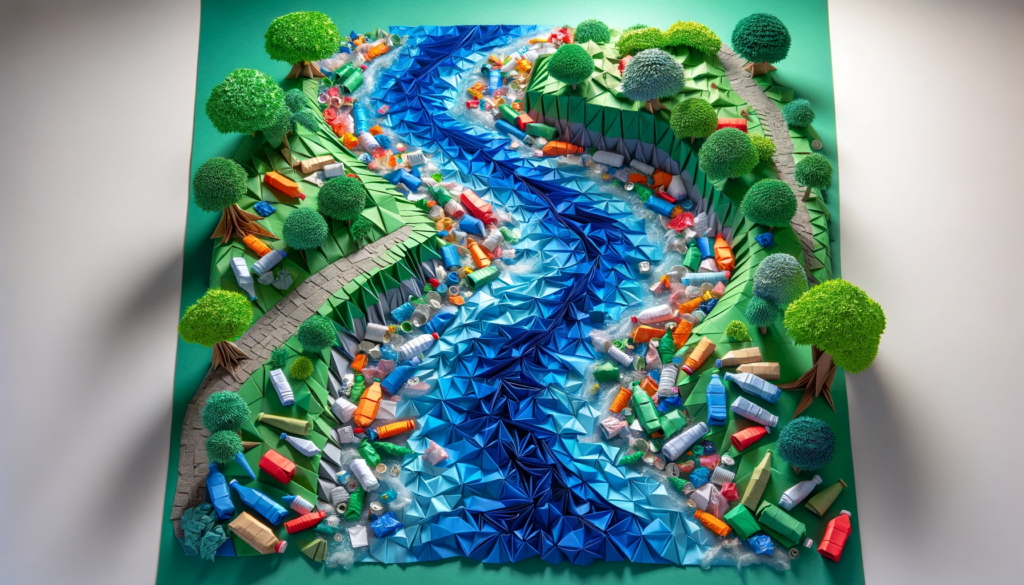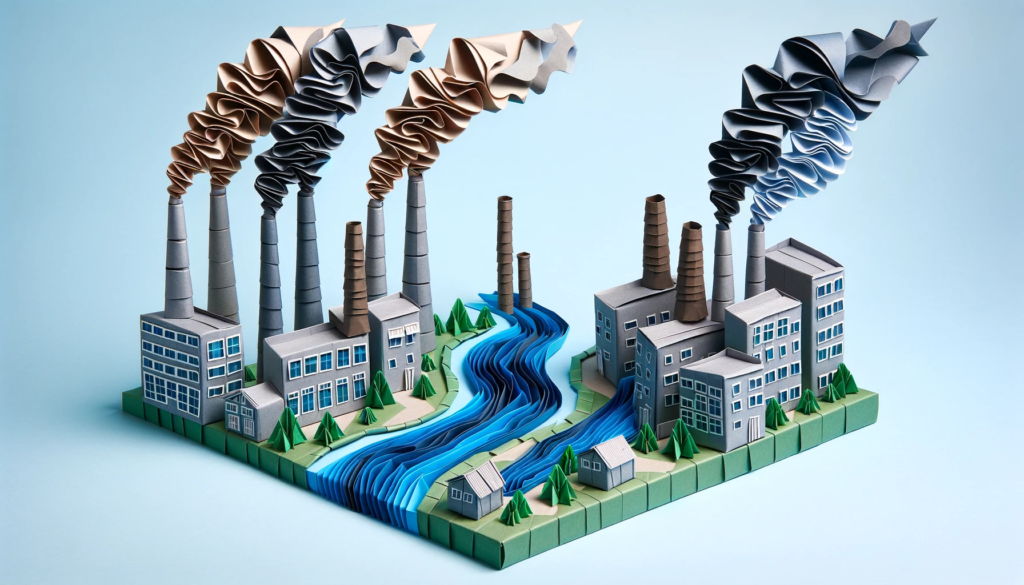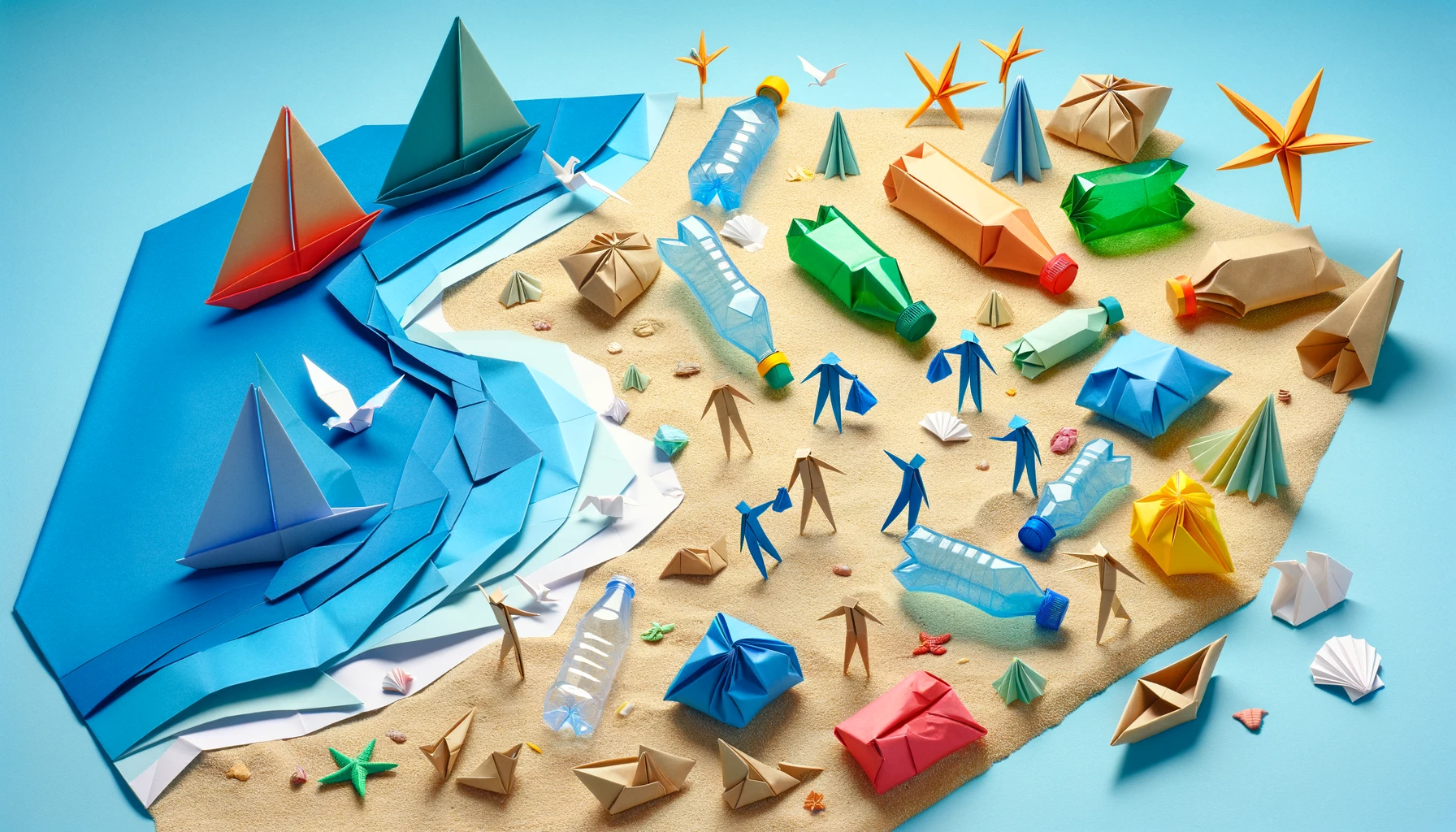Here are key points and essay on water pollution for students from class 5 to 10 from 200 to 350 words. Feel free to use them for your school work.
10 lines on Water pollution for class 5 to 8 students
1. Water pollution is when lakes, rivers, and oceans get dirty because of things like chemicals and trash.
2. When factories dump waste into water or when oil spills happen, it can make the water very dirty.
3. Sometimes, farmers use chemicals to help plants grow, but these can wash into the water and pollute it.
4. Throwing trash like plastic bags and bottles into water bodies can hurt fish and other water animals.
5. Dirty water is bad for fish and other creatures living in rivers and oceans; they can get sick or even die.
6. People can get sick too if they drink or swim in polluted water, or if they eat food irrigated with polluted water.
7. Cleaning up our oceans, rivers, and lakes is really important for keeping our environment healthy.
8. We can help by not littering and by recycling things like plastic and paper.
9. If everyone tries to keep water clean, we can make a big difference for the planet.
10. Clean water is important for all living things, so we need to work together to stop water pollution.
Water Pollution essay for Class 5 to 8 in 200 words

Title: Water Pollution: A Concern for Our Waters
Water is essential for all life on Earth, but pollution is turning our rivers, lakes, and oceans into places where life struggles to survive. Water pollution is a big problem that affects not only the environment but also humans and animals.
What Causes Water Pollution?
Water pollution is mainly caused by the dumping of harmful substances into water bodies. These include industrial waste, chemicals from agriculture, sewage, and oil spills. When factories don’t properly treat their waste before releasing it into rivers, it leads to water pollution. Pesticides and fertilizers used in farming can wash into waterways and harm the creatures that live there.
Effects of Water Pollution
The effects of water pollution are severe. It harms all kinds of aquatic life – fish, amphibians, and even tiny organisms we can’t see. This has a chain reaction, affecting birds and land animals that depend on these water sources. Polluted water is also dangerous for humans. It can cause diseases like cholera and hepatitis when people drink or bathe in contaminated water.
What Can We Do?
There’s a lot we can do to reduce water pollution. We can start by not littering and disposing of our waste properly. Industries need to treat their waste before releasing it into water. We can also use eco-friendly products and chemicals at home and in our gardens.
Water pollution is a serious issue, but if we all work together, we can make our water clean again. Remember, every small step towards reducing pollution helps in keeping our water sources safe and healthy for everyone.
10 lines on Water pollution for class 9 and 10 students

1. Water pollution is a critical environmental issue where pollutants from various sources contaminate water bodies, severely impacting ecosystems and human health.
2. Industrial effluents, often loaded with heavy metals and toxic chemicals, are a major source of water pollution, causing significant harm to aquatic life.
3. Agricultural runoff, containing high levels of pesticides and fertilizers, leads to nutrient pollution in water bodies, disrupting the natural balance of aquatic ecosystems.
4. Urban development contributes to water pollution through stormwater runoff, carrying pollutants like oil, debris, and chemicals into rivers and seas.
5. Plastic waste, particularly microplastics, has become a pervasive form of water pollution, affecting marine species and entering the human food chain.
6. Sewage discharge, especially untreated or inadequately treated waste, adds harmful bacteria and nutrients to water, posing a risk to both health and the environment.
7. Oil spills, though infrequent, have devastating and long-lasting effects on marine environments, severely affecting both wildlife and local economies.
8. Groundwater contamination, often a result of leaching industrial and agricultural chemicals, poses a significant threat to drinking water supplies.
9. Thermal pollution, caused by discharging hot water or industrial effluents into water bodies, disrupts aquatic life by altering temperature regimes.
10. Effective water management and pollution control strategies, including wastewater treatment, sustainable agricultural practices, and reduction of single-use plastics, are crucial in combating water pollution.
Essay on Water Pollution for class 9 and 10 in 300-350 words

Title: Water Pollution: A Growing Threat to Our Ecosystem
Water, a fundamental resource for all life forms, is facing a severe crisis due to pollution. Water pollution, the contamination of water bodies like rivers, lakes, and oceans, has become a global problem that threatens the health of humans, animals, and the entire ecosystem.
Causes of Water Pollution
The primary causes of water pollution are industrial waste, agricultural activities, urban development, and household sewage. Industries often discharge pollutants directly into water bodies without adequate treatment. These pollutants include heavy metals, chemicals, and other toxic substances that are harmful to aquatic life.
Agriculture contributes significantly to water pollution through the use of fertilizers and pesticides. These chemicals run off into nearby water bodies during rain, leading to nutrient pollution, which disrupts the ecological balance of water systems. Urban development leads to pollution through stormwater runoff, carrying pollutants from roads and buildings into water bodies.
Impacts of Water Pollution
The effects of water pollution are far-reaching. It leads to the depletion of oxygen in water, causing the death of aquatic organisms, a process known as eutrophication. The presence of toxic substances in water can lead to diseases in humans such as cholera, hepatitis, and diarrhea, especially in areas lacking access to clean water.
Marine ecosystems are severely impacted by water pollution. Coral reefs, which are crucial for marine life, are dying out due to pollution and climate change. Furthermore, pollutants like plastics are ingested by marine animals, leading to their death and disrupting the food chain.
Solutions to Combat Water Pollution
Addressing water pollution requires concerted efforts from governments, industries, and individuals. Implementing and enforcing strict environmental regulations for industries to treat their waste before discharge is crucial. Promoting sustainable agricultural practices and managing urban runoff effectively can significantly reduce water pollution.
Individual actions, such as reducing the use of plastics, proper disposal of waste, and using eco-friendly products, also play a significant role. Educating the public about the importance of conserving water and preventing pollution is vital for bringing about change.
Water pollution is a critical issue that needs immediate attention. Preserving the purity of our water resources is essential for maintaining the balance of our ecosystems and ensuring the health and well-being of future generations. It is a responsibility that we all share, and every effort counts towards making a positive impact.

